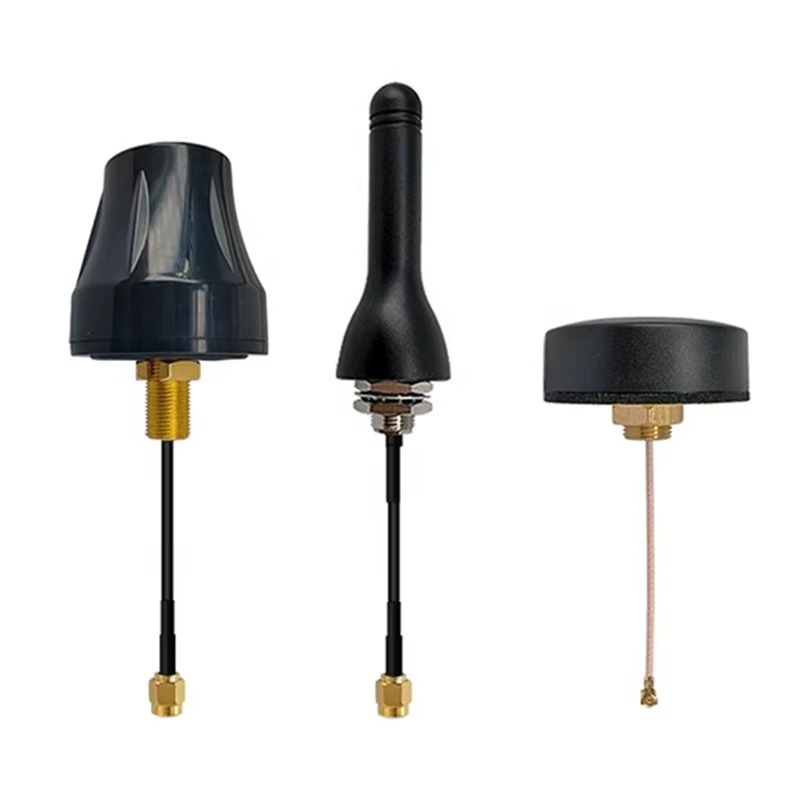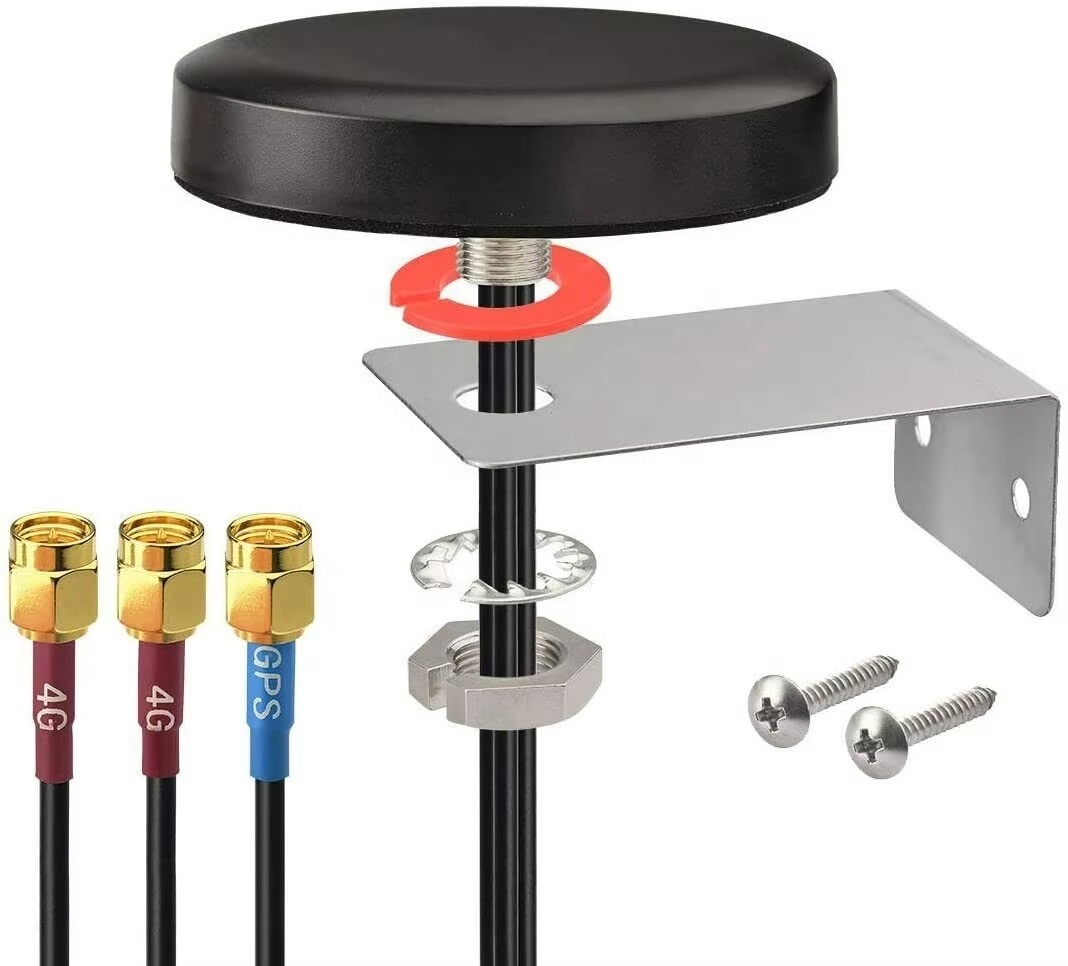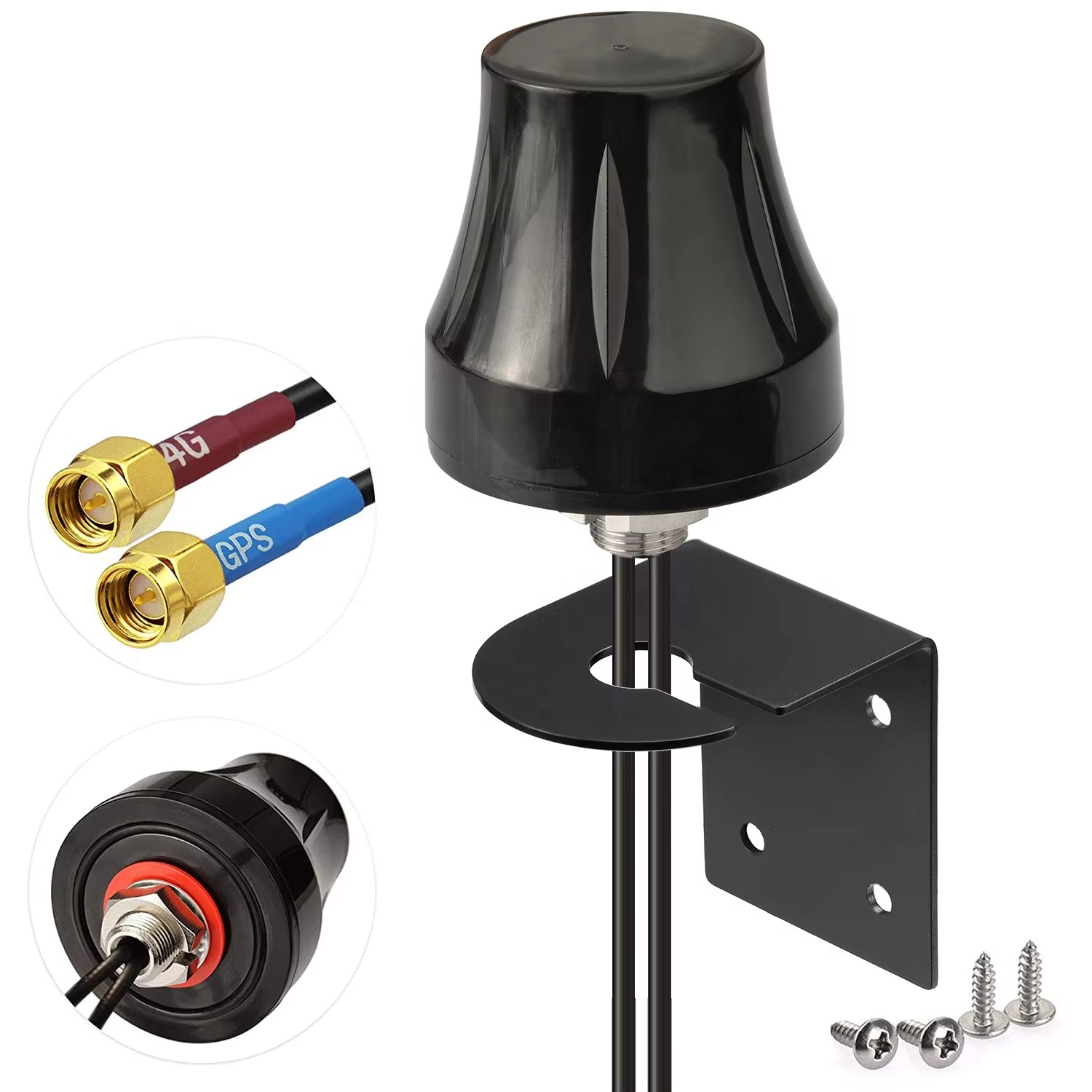5.1 Current Applications in Smart Watches
In today's smart watches, low - profile ceramic antennas are used for a wide range of applications. Bluetooth connectivity, which is essential for pairing the smart watch with a smartphone, is enabled by these antennas. Through Bluetooth, smart watches can receive notifications, sync data, and control music playback on the paired smartphone.
Wi - Fi connectivity, on the other hand, allows smart watches to access the internet directly, enabling features such as web browsing, streaming music and videos, and downloading apps. Some smart watches also support cellular connectivity, and low - profile ceramic antennas play a crucial role in transmitting and receiving cellular signals. This allows users to make and receive calls, send text messages, and access the internet even when their smartphone is not nearby.
In addition to communication applications, these antennas are also used in fitness tracking features. For example, some smart watches use wireless technology to connect to external fitness sensors, such as heart rate monitors and pedometers. The low - profile ceramic antennas in the smart watch enable seamless communication with these sensors, allowing for accurate and real - time data collection.
5.2 Future Trends
5.2.1 Integration with 5G Technology
As 5G technology continues to roll out globally, there is a growing trend towards integrating 5G capabilities into smart watches. Low - profile ceramic antennas will need to be further developed to support the higher frequencies and wider bandwidths associated with 5G. This will require advancements in ceramic material technology and antenna design to ensure efficient operation in the 5G frequency bands. For example, new ceramic materials with even higher dielectric constants and lower loss tangents may be developed to enable the miniaturization of 5G - compatible antennas within smart watches.
5.2.2 Improved Multi - Band and Multimode Operation
The future of low - profile ceramic antennas for smart watches lies in improved multi - band and multimode operation. Smart watches of the future are likely to need to support a wider range of wireless standards and frequency bands simultaneously. Antenna designers will focus on creating antennas that can operate efficiently in multiple bands, such as combining Wi - Fi 6E (which operates in the 6 GHz band in addition to the traditional 2.4 GHz and 5 GHz bands) with Bluetooth and cellular frequencies. This will require innovative antenna geometries and tuning techniques to achieve seamless multi - band operation.
5.2.3 Antenna - in - Package (AiP) Technology
Antenna - in - Package (AiP) technology is another emerging trend. In this approach, the antenna is integrated directly into the same package as the transceiver and other related components. This can reduce the overall size of the wireless module in the smart watch and improve the antenna's performance by minimizing the effects of external interference. For low - profile ceramic antennas, AiP technology offers the potential for even more compact and efficient designs, as the antenna can be optimized in combination with the other components within the package.
Conclusion
Low - profile ceramic antennas have become an integral part of smart watch design, enabling a wide range of wireless communication and functionality in these compact devices. Their unique combination of compact size, high efficiency, and compatibility with wireless standards makes them well - suited for the space - constrained and feature - rich environment of smart watches.
However, like any technology, they face challenges such as limited bandwidth, sensitivity to surrounding components, and manufacturing complexity. Despite these challenges, the future looks promising for low - profile ceramic antennas in smart watches. With the ongoing development of new ceramic materials, antenna design techniques, and the integration of emerging technologies such as 5G and Antenna - in - Package, these antennas are expected to continue to evolve and meet the growing demands of smart watch users.
As smart watches become even more integrated into our daily lives, the performance of their antennas will play a crucial role in ensuring seamless communication and a rich user experience. The continuous research and development in this area will not only benefit smart watch manufacturers but also consumers, who can look forward to smarter, more connected, and more efficient wearable devices in the future.




































































 Language
Language
 En
En Cn
Cn Korean
Korean

 Home >
Home > 







 18665803017 (Macro)
18665803017 (Macro)













